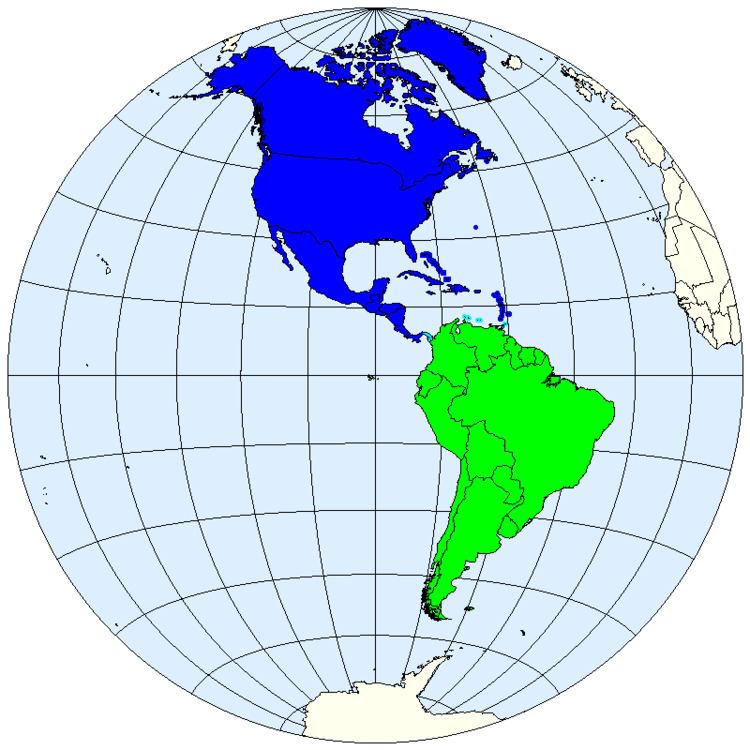 | ||
The Americas, also known as America, are lands of the western hemisphere, composed of numerous entities and regions variably defined by geography, politics, and culture.
Contents
- Physical geography
- Geographical or geopolitical regions
- United Nations geoscheme
- Political divisions
- Linguisticcultural regions
- References
The Americas are recognised in the English-speaking world to comprise two separate continents: North America and South America. The Americas are also considered to comprise a single continent (named América), in Latin America and some other areas.
Physical geography
Geographical or geopolitical regions
United Nations geoscheme
Within this scheme, the continent of North America comprises Northern America, Central America, and the Caribbean.
Political divisions
Linguistic/cultural regions
References
Americas (terminology) Wikipedia(Text) CC BY-SA
